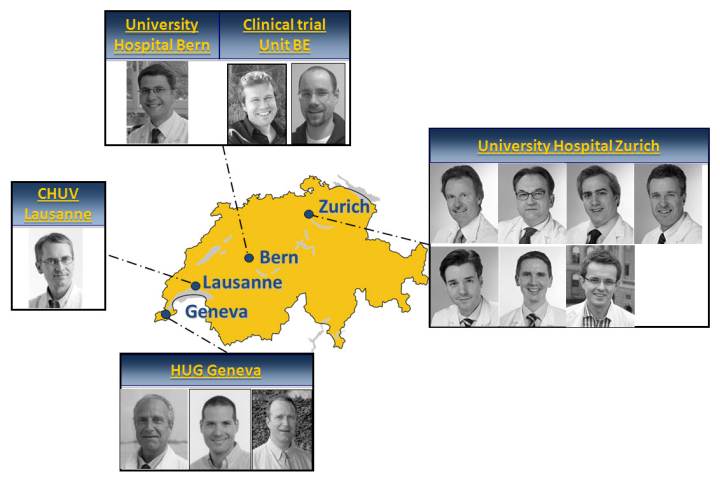

High-density lipoprotein (HDL) dysfunction in development of cardiovascular disease and as a therapeutic target

Epidemiologically, high levels of HDL are associated with an excellent outcome. Unfortunatly, so far not treatment strategy to raise HDL has be able to demonstrate a clinical benefit. Indeed, the first generation cholesterol ester transport protein inhibitors led to increased blood pressure and mortality in spite of a marked increase in HDL. This has led to the concept of HDL Dysfunction, i.e. the fact that HDL obtained from patients does not provide the vascular protective effects that HDL obtained from healthy subjects does.This network aims to define the molecular mechanisms and genetic variations that lead to HDL dysfunction. An important aim of the network is to develop reliable assays to evaluate the different biological activities of HDL. These assays will allow efficient testing of new therapies targeting HDL so that experimental observations can be translated quickly to clinical application.
Special Program University Medicine by Swiss National Science Foundation (SNSF): “Inflammation and ACS”

Acute coronary syndromes (ACS) are the most frequent causes leading to myocardial infarction, heart failure, and death. The underlying problem is plaque rupture or erosion, with partial or complete occlusion of a major epicardial coronary artery. Activation of inflammatory pathways may trigger these events. Although progress has been made in prevention and treatment of ACS, its complication rate remains high. This is due to the fact that prevention is not well implemented, triggers of the disease are incompletely understood, and diagnosis is only made once myocardial necrosis has occurred. Importantly, inflammatory mechanisms are not yet incorporated into clinical management. To further improve outcome, patient education should be improved, novel and early diagnostic markers be evaluated and anti-inflammatory strategies developed.Starting in February 2009, the Universities Bern, Geneva, Lausanne, and Zurich join forces for this project. The clinical research program is part of the Special Program University Medicine (SPUM) funded by the Swiss National Science Foundation for 3 years (2009–2011). So far mote than 4’500 patients have been included in the registry using electronic case report forms and a large biobank with blood samples of the patients.